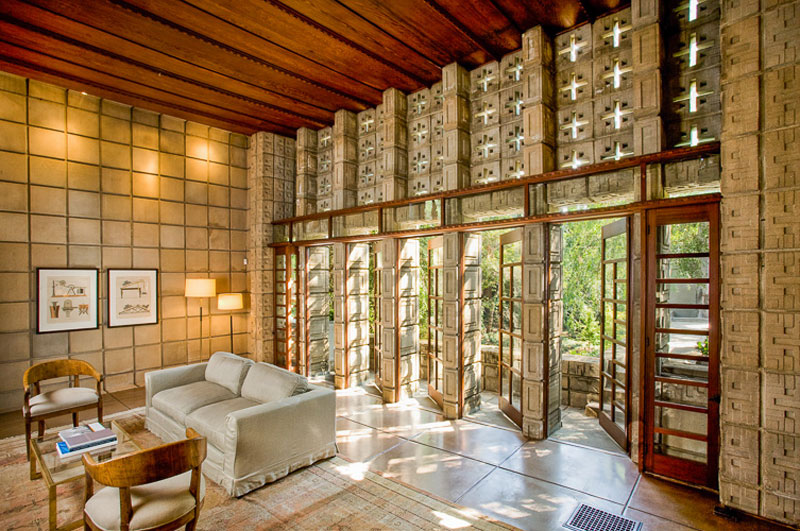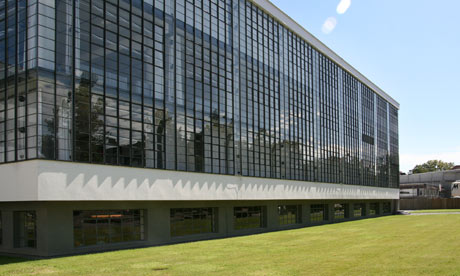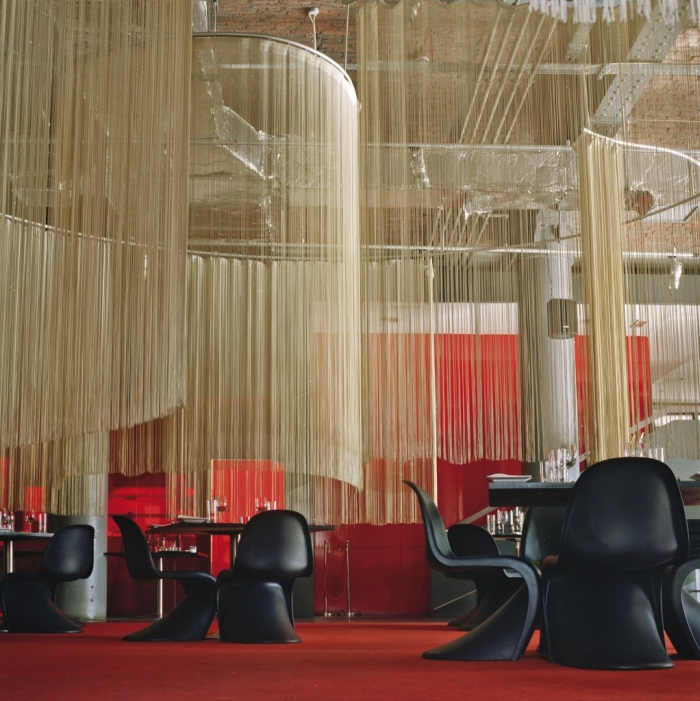Contemporary Design : Post Modernism
By: Katie Kaywood
Post modernism made it easier for people to communicate their design strategies, it increased the speed of communication through magazines, books and television as a result design work then became more of an international profession and replaced international style. Two major influential architects in this period were Louis I Kahn and Cesar Pelli.
Louis I. Kahn graduated from the architectural school of the University of Pennsylvania in 1924 and then went on to teach at Yale and then back to the University of Pennsylvania. His work was different from anything else that we have seen, he expressed his emotions through materials and lighting design techniques that reveal forms and creates the nature of interior spaces. Here is one of his works that I thought was pretty amazing:
Jatiyo Sangshad
Bhaban, National
Parliament House, Bangladesh.
Cesar Pelli was an Argentine/American influential architect that designed some of the worlds tallest buildings. He was the Dean of University of Yale school of Architecture. Some of his major works included : U.S. Embassy in Tokyo, The Museum of Modern Art in New York, the NNT Building in Tokyo, and the tallest building in the world the twin towers of Pelli Petronas Center, Kuala Lumpur.

Tallest building in the world
Contemporary design : Hi- Tech
New technology was one of the prime basis of modern design, steel, concrete and glass. This design stylized concept was very geometric, a major designer that influenced this was Richard Buckminister Fuller - he made a hemispherical dome structure using triangulated units.
U.S exhibit Pavilion at Expo 67
Contemporary Design/ post modernism design is become more green and more high tect, it rejects the aspect of being wholly modern to using the basic starting blocks of modernism and creating something with unique architecture through out.
Current applications :
After reviewing Paige's blog I like how she incorporated how this time of design involved green design, it thought about what it was doing and really made improvements for our environment and our society. I also reviewed Natalie's blog she incorporated great images with her descriptions of the three major influential designers. It really helped describe the designers style and his motives with the use of descriptive images.
Here is a video to learn more: https://www.youtube.com/watch?v=lKomOqYU4Mw





















































